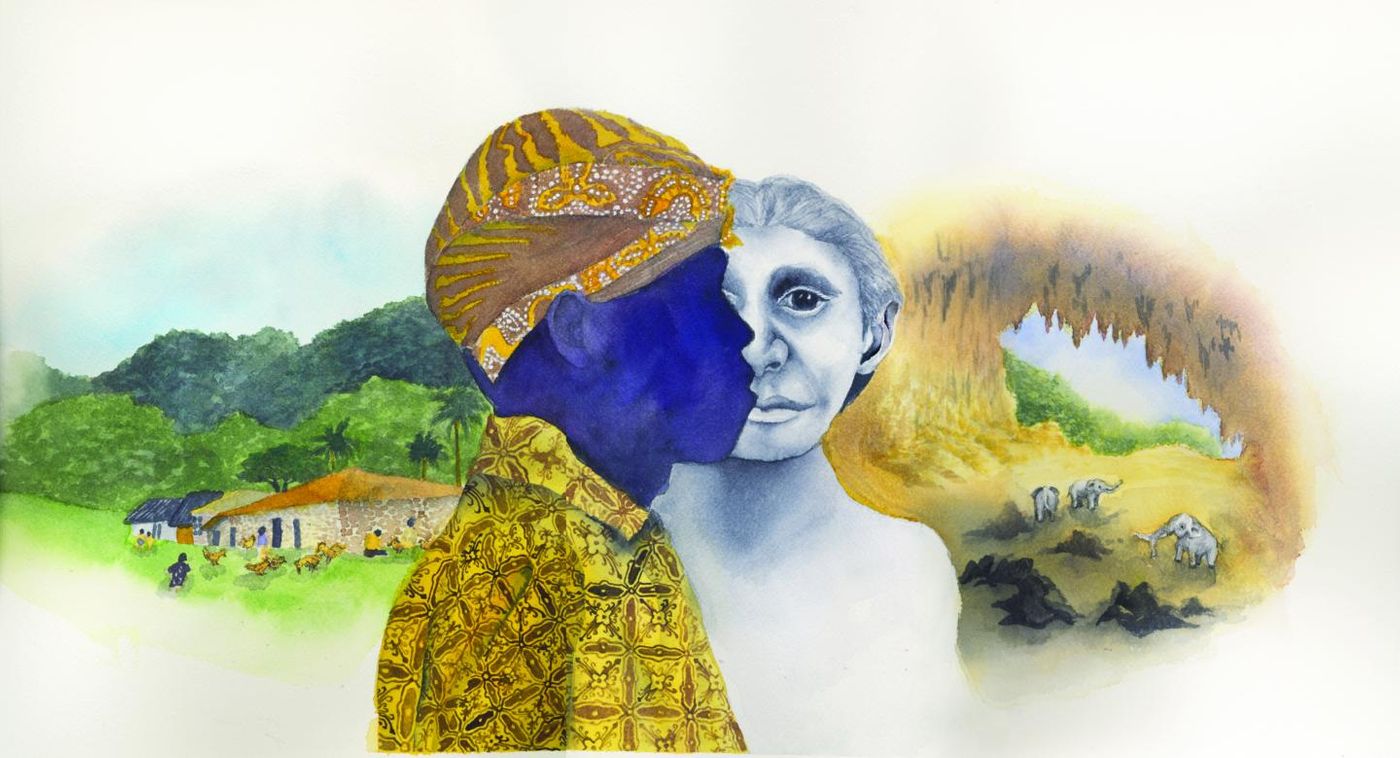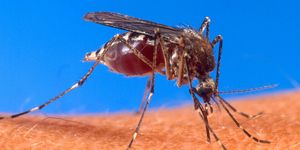Mystery Solved: Modern Pygmies not Related to Ancient Ones
The isolation of islands can have a powerful effect on the genetics of the species that live there. In the case of Flores island, it was known that two groups of pygmies made it their home; one in modern times and one that lived there tens of thousands of years ago and went extinct. But, are they connected? Researchers wanted to answer that question, and it took many years to find out. One problem was a lack of a specimen from the fossils of the ancient 'hobbits,' Homo floresiensis.
A team of researchers led by Joshua Akey, a professor of ecology and evolutionary biology and the Lewis-Sigler Institute for Integrative Genomics at Princeton University has addressed that problem. They created a tool that can identify archaic sequences in modern genomes.
"In your genome, and in mine, there are genes that we inherited from Neanderthals," explained Serena Tucci, a postdoctoral research associate in the Akey lab. "Some modern humans inherited genes from Denisovans [another extinct species of humans], which we can check for because we have genetic information from Denisovans.
"But if you want to look for another species, like Floresiensis, we have nothing to compare, so we had to develop another method: We 'paint' chunks of the genome based on the source. We scan the genome and look for chunks that come from different species -- Neanderthal, Denisovans, or something unknown."
She was able to apply their technique to genetic material from 32 pygmies living in Indonesia, near the Liang Bua cave on Flores Island. That’s close to where the fossils of H. floresiensis were discovered in 2004.
"They definitely have a lot of Neanderthal," said Tucci, the first author of a report on this work in the journal Science. "They have a little bit of Denisovan. We expected that, because we knew there was some migration that went from Oceania to Flores, so there was some shared ancestry of these populations."
They did not find any chromosomal chunks with unknown origins.
"If there was any chance to know the hobbit genetically from the genomes of extant humans, this would have been it," added corresponding author Richard "Ed" Green, an associate professor of biomolecular engineering at the University of California-Santa Cruz (UCSC). "But we don't see it. There is no indication of gene flow from the hobbit into people living today."
They did find that there were evolutionary changes linked to diet and short stature. Height has been shown to be a heritable trait, and the pygmies carried many genetic variants associated with shorter height.
"It sounds like a boring result, but it's actually quite meaningful," Green noted. "It means that these gene variants were present in a common ancestor of Europeans and the Flores pygmies. They became short by selection acting on this standing variation already present in the population, so there's little need for genes from an archaic hominin to explain their small stature."
Their genes also showed changes based on their diet, with an enrichment of genes linked to the consumption of a lot of fish. Such changes have been seen in the Inuit, for example.
We know that H. floresiensis was much smaller than modern Flores pygmies, going from an average of 106 to 145 centimeters. There were also changes in their wrists and feet. It’s not surprising that such changes would be seen on an island, where species can often become giant or small.
"Islands are very special places for evolution," Tucci said. "This process, insular dwarfism, resulted in smaller mammals, like hippopotamus and elephants, and smaller humans."
The work has indicated that the dwarf populations arose independently on the island at least twice. ”This is really intriguing, because it means that evolutionarily, we are not that special," added Tucci. "Humans are like other mammals; we are subject to the same processes."
The video above from the Penn Museum discusses the hobbits of Flores island.
Sources: AAAS/Eurekalert! Via Princeton University, Science










